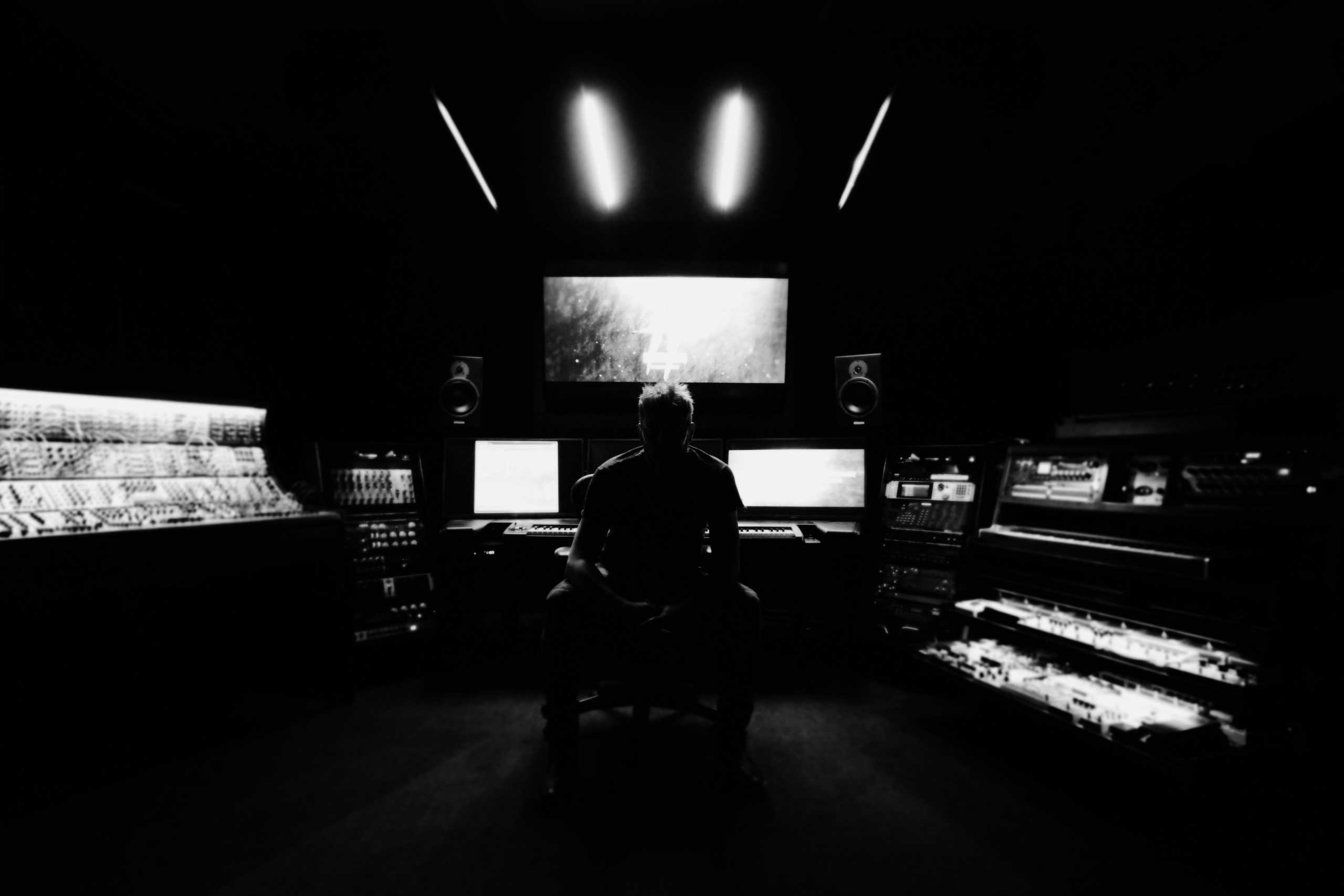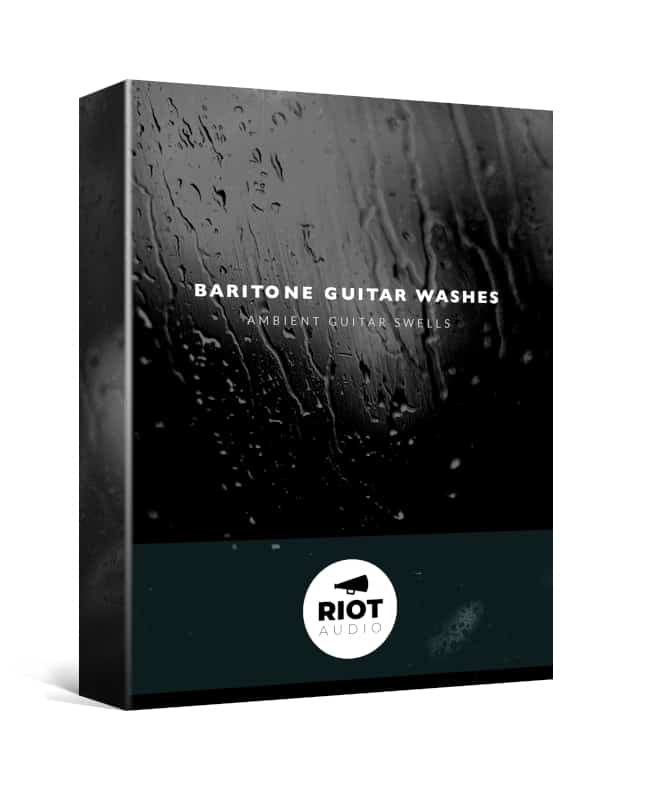Strikeforce Cinematic Percussion by LABORATORY Review
Today we’ll be looking at a ground-breaking cinematic percussion library from Laboratory Audio – Strikeforce. There are many cinematic percussion libraries on the market, and each one adds its charm to the what’s already available, but very few – if any – offer a change in approach from the core playability and functionality side of things. Strikeforce intends to remedy that.
Laboratory Audio is a relatively new sample developer, and Strikeforce is their debut library. Judging by the expert scripting, sleek user interface and recording quality of this first offering, it’s safe to say Laboratory Audio knows precisely what they’re doing and plans on being around for a while to come. Laboratory Audio did send a review copy with no strings attached.
Installation
The library itself is downloaded via Laboratory Audio’s downloader – after the library finishes downloading to your desired folder, you can open the folder and run the .exe to unzip and install the library to the folder. Then the library can quickly be registered using your serial number in the Native Access program which can be downloaded through Native Instruments. Kontakt 5 Player (free) or Kontakt Retail (sold separately) v 5.6.8+ is required.

Sound
The first thing you’ll notice about the sound is that it doesn’t pull any punches – it’s bold, thick and spacious, but maintains control and focus, and for the most part, doesn’t require any mixing at all. I’d recommend mixing around the drums because they sound just right as they are out of the box. The two microphone positions have been carefully and expertly mixed from a variety of perspectives, and offer a focused in-your-ear sound (close) and a massive silky wash (far) for adding that sense of depth and smoothness to the instruments. The instruments themselves are offered as a large variety of separate patches, which only can’t all be listed here, but the spotlight video below will give you an excellent all-round idea of the sounds available.
There’s no lack of unique and epic percussion in this library – from buffalo drum ensembles, down-tuned tom ensembles, mini tom ensembles, rattling bass drums, snare ensembles and soloists, unidentifiable barrages of experimental ensembles, and a large selection of anvils, metals, industrial hits and even hybrid acoustic-synthetic drum combinations. It’s a perfect blend of sounds you’ve heard before and sounds you’ve never heard before, all with a consistent level of quality and usefulness. All of the drums are provided with 16 round robins, anvils with 12 round robins, hits as one-shots and hard ticks and tocks with a generous 32 round robins, so repetition is not a problem here. Generally, if you’re looking for a traditional ethnic collection or standard drum kit sound, this isn’t the place to look – but there are enough single instrument and group instrument variety here to cater for most scoring applications, so rest assured you’ll have an extensive entourage to pick from while composing.
User interface & Usability
The sound and variety are all well and good, but it’s always just a matter of bashing keys, isn’t it? Well, not with Strikeforce. This is where the library brings a paradigm shift and changes the game up in a huge way. The interface and functionality of this library are simplistic and elegant.

The user can select which round robin/s they want active, so picking favorite takes or getting that old school machine gun sound is within reach. Both mics can be pitched, panned and have their attack and release settings changed independently, so getting strange and exciting sounds is only a few knobs away. The close and stage mics themselves can be blended by using the mod wheel, which means you can control the distance and bloom of the sound live. Each instrument patch is arranged on the keyboard with the original pitch in the middle, and two up-tuned and down-tuned areas to the left and right, allowing the user to get a heavy ensemble sound using one patch, and these areas can all be panned independently of each other. A great set of features, right? Well, that’s just what I consider the icing on the cake. Where this library changes the game up is how the instruments’ dynamics are programmed.
You can either play the instrument with two keys, with velocity dictating which dynamics you activate – the traditional way. Or, which is, in my opinion, the most dynamic way, you can play each dynamic layer of the instrument as its separate key.
Each drum has 6 dynamic layers, and these layers are offered as velocity sensitive keys on their own – what you may not appreciate about this fully until you play around with the library for a while, is this allows all of the soft and medium dynamics to be played at full volume as their articulations – opening up a whole new dimension of the character of the drum.
Hearing those soft booms, medium taps and hard slaps as their sounds shows you the whole tonal character of the instrument, and because each dynamic can be played dynamically on the keys, you’ll find yourself creating rhythms and textures you never thought were possible previously
You can even play different dynamics simultaneously to get a fuller sound for strong accents and powerful booms – also, because each momentum has its key, the loudness of your playing comes across smooth and even, with no velocity ‘bumps’ you’ll often find with traditional velocity-to-dynamic libraries.
I think this separated dynamics approach is so crucial in fact, that I honestly believe every percussion library should have the option as standard – after you’ve experienced this style of playing, it’s hard to go back to the traditional way. In this sense, Strikeforce has set the bar and has offered a library that aptly questions the way sampled instruments are traditionally programmed.
Rating: Five out of five stars
Strikeforce is what I would consider a glimpse into the future of sampling and programming, and a milestone in lateral thinking when it comes to virtual instruments. It is a significant release, an addictively fun instrument, and what I think should be a permanent fixture in any self-respecting composer’s library collection.










